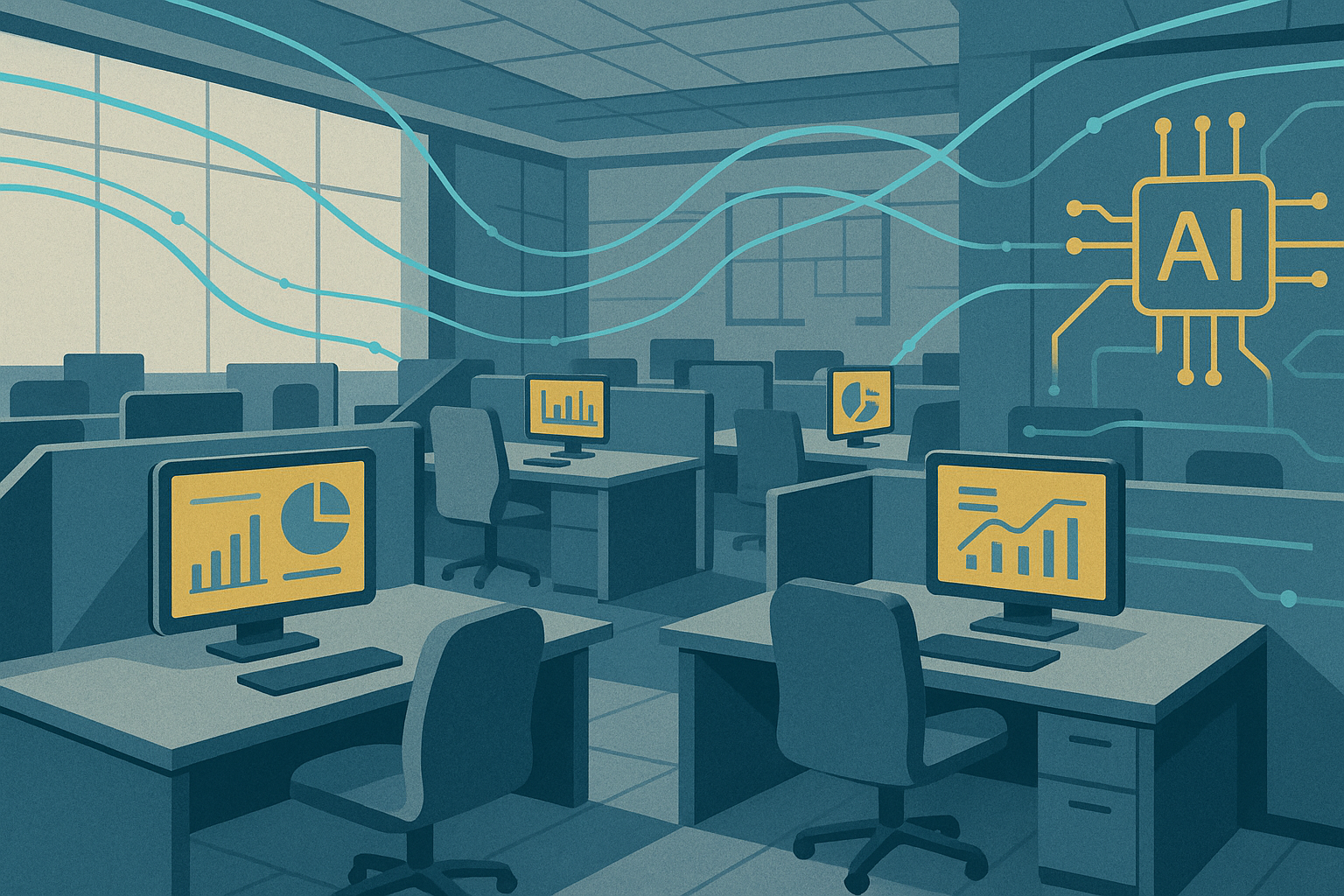The discourse on cybersecurity predominantly focuses on networks, cloud services, and software defences. However, as companies accelerate their digital transformation, a crucial challenge persists: the physical dimension of data security. Despite the digital shift, physical devices such as removable drives and connected hardware continue to play a vital role in data movement. Viewing cybersecurity solely as a digital task leaves a vulnerability that could compromise even the most robust technical safeguards.
Every organisation manages data across both online and offline platforms. Files are frequently copied to portable drives, downloaded for analysis, or transported between offices and partners. In heavily regulated sectors such as healthcare, energy, or defence, offline systems are often by design. Air-gapped networks, which cannot utilise cloud services, necessitate the use of USBs or other external media for software updates or data transfers.
This interaction between digital and physical environments is frequently neglected in strategic planning. Once a file exits the confines of a managed network, its journey becomes challenging to trace. If the transfer media has been exposed to an infected system, malware can silently accompany it and later re-enter a secure environment.
Despite modern alternatives, USB drives and other portable devices remain indispensable due to their affordability, speed, and simplicity. In sectors with limited connectivity—such as maritime, remote facilities, or isolated research labs—they sometimes serve as the sole option. However, this practicality also presents risks. Incidents over the past decade have demonstrated how easily malicious code can propagate through removable media. A single unverified USB stick has previously caused downtime in a manufacturing plant, while another incident disrupted navigation systems on a cargo vessel. These are not sophisticated attacks but rather examples of how convenience can undermine control.
As cyber threats grow more sophisticated, organisations are re-evaluating how physical elements fit into their security strategies. Hardware-based tools are gaining renewed attention, not as replacements for software security but as complements. Physical scanning stations, for example, scrutinise USB devices before they access critical systems. This process, often termed “USB decontamination,” creates a buffer zone between external sources and internal networks.
This strategy is part of what experts refer to as [USB cybersecurity](https://www.tyrex-cyber.co.uk/). It employs controlled hardware and multi-engine scanning to intercept malicious files before they infiltrate sensitive infrastructure. For industries bound by compliance regulations, this combination of physical and digital control can differentiate between theoretical safety and actual resilience.
Operators of critical national infrastructure were among the first to take physical media seriously. Power stations, water facilities, and transport systems often rely on legacy technology that cannot simply be updated over the internet. These environments demand predictable uptime, meaning any infection introduced through a drive could halt operations.
Their response has been pragmatic rather than prohibitive. Instead of outright banning removable devices, many have implemented check-in and scan processes. Drives are logged, scanned, and sometimes quarantined if suspicious activity is detected. This has become routine in high-security facilities and is gradually becoming standard practice elsewhere.
For most organisations, addressing the physical layer of cybersecurity does not require significant new investment—just clearer strategies. Policies should define who can use removable media, where devices are stored, and how data on them is encrypted or erased. While technical solutions can enhance control, the cultural shift is paramount. Employees must recognise that hardware is part of the security perimeter, not separate from it.
This awareness also mitigates reputational and regulatory risks. Under data-protection laws, a lost or infected drive can incur the same penalties as a network breach. By incorporating physical procedures into incident response plans, companies can close one of the oldest gaps in modern cybersecurity.
While cybersecurity will continue to evolve with new software, threats, and cloud technologies, neglecting the physical components leaves businesses vulnerable. The devices that store, move, or update data are as integral to the network as the routers that connect it. Protecting them is not outdated—it is necessary.
Creating security that acknowledges both digital and physical layers fosters resilience that aligns with actual work practices, not just system designs. The most effective networks are those that understand their boundaries and monitor what traverses them.
The post [Why cybersecurity still needs a physical layer](https://businesscloud.co.uk/news/why-cybersecurity-still-needs-a-physical-layer/) appeared first on [BusinessCloud](https://businesscloud.co.uk).




